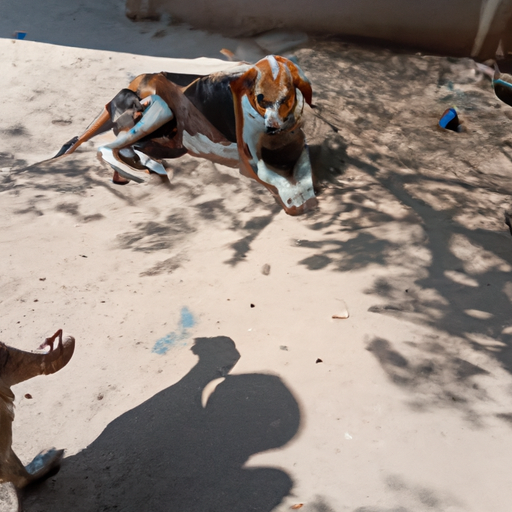Understanding the Canine Mind
Understanding your pet, especially a dog, can be a complex task. Often, you may find yourself asking, “Why did my dog just behave this way?” or “What triggered that reaction?” As a caregiver, you would want the best for your pet and everyone around it. However, understanding canine behavior is not always straightforward. Dogs, like humans, have their unique personalities, quirks, and triggers.
Sometimes, a dog may seem to attack a human without any apparent reason. However, there is always a reason. It might be fear, stress, or a protective instinct – the triggers are varied.
Unpacking the Triggers behind Dog’s Aggression
Dogs have a variety of reasons to show aggression. Here are some of the common reasons:
- Fear: Dogs often attack when they feel threatened or scared. This is more prevalent in rescue dogs or dogs with a traumatic past.
- Pain or Discomfort: A dog in pain may lash out. If your usually friendly pet suddenly becomes aggressive, consider a medical check-up.
- Protectiveness: Dogs are protective creatures. They may attack if they perceive a threat to their territory, their pack (including human family members), or their food.
- Miscommunication: Dogs and humans don’t speak the same language. Misinterpreted signals can result in aggression.
- Predatory Instincts: Some breeds have a high prey drive. They may attack smaller animals or children who run from them, triggering their instinct to chase.
Identifying Signs of Stress in Dogs
Dogs usually give out signs of stress before an attack. As a caregiver, you should be aware of these signs:
- Excessive panting or drooling
- Pacing or shaking
- Showing whites of the eyes
- Changes in body posture, including raised hair
- Changes in ear or tail positions
- Avoidance or displacement behavior
Preventive Measures and Training
Prevention is always better than cure. Here are some steps to prevent dog aggression:
- Socialize your dog from an early age.
- Regularly train your dog.
- Use positive reinforcement techniques.
- Avoid situations that stress your dog.
- Consult with a professional dog behaviorist if needed.
| Measure | Description |
|---|---|
| Socialization | Acquaint your dog with different people, animals, and environments. |
| Training | Regularly train your dog to follow basic commands. |
| Positive Reinforcement | Reward your dog for good behavior. |
| Avoid Stress | Keep your dog away from stressful situations. |
| Professional Help | Consult a professional if your dog’s aggression is beyond control. |
Frequently Asked Questions (FAQ)
Q1: Is aggression more common in certain dog breeds?
A: While some breeds may have a higher prey drive, aggression is not breed-specific. It can occur in any dog.
Q2: Can training eliminate dog aggression completely?
A: Training can significantly reduce aggressive behavior but some dogs may still have triggers.
Q3: Can a dog attack be provoked unintentionally?
A: Yes, unintentional provocation like stepping on a dog’s tail or startling it can trigger an attack.
Q4: Is it safe to pet unfamiliar dogs?
A: Always ask the owner’s permission before petting unfamiliar dogs. Approach slowly and let the dog sniff you first.
Remember, as a caregiver, your role is crucial in shaping your pet’s behavior. Understanding, patience, and love can go a long way in preventing aggressive behavior in dogs.



